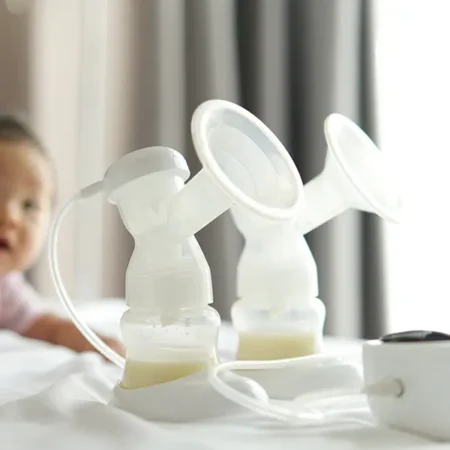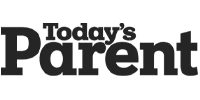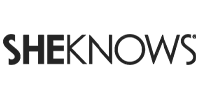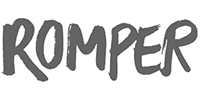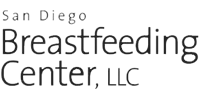Cabbage is a great natural remedy for several breastfeeding problems. It can be used to relieve engorgement and mastitis, or if you’re weaning, it can help reduce your milk supply. Here is how to use cabbage leaves when breastfeeding (a step-by-step guide).
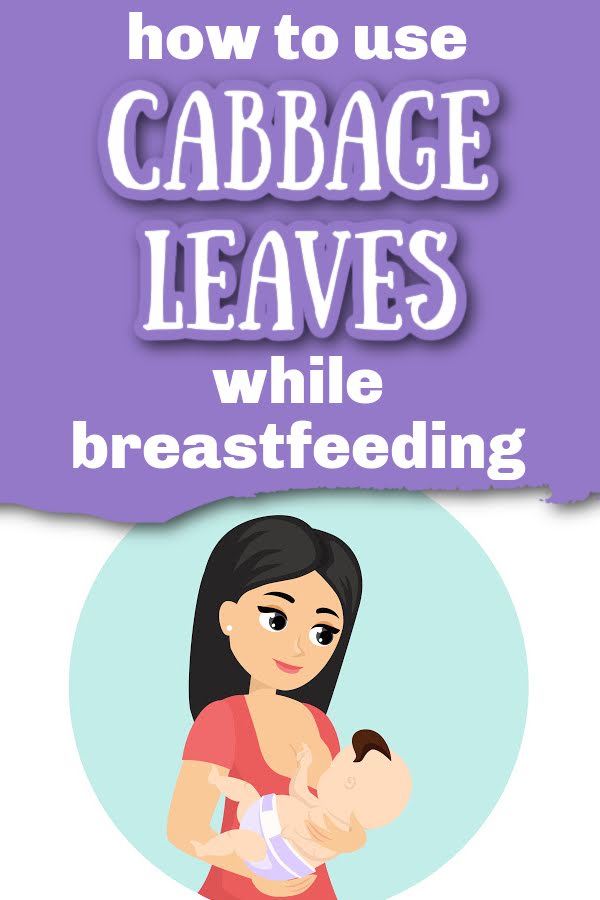
This post may contain affiliate links, which means that if you click through and make a purchase, I’ll be compensated at no additional cost to you. I only recommend products I love! More info here.
Research data on the effectiveness of cabbage is limited. However, the studies that have been done, in addition to anecdotal reports, suggest that it may be helpful in treating some breastfeeding issues.
Why does cabbage help with engorgement and mastitis? While we don’t know for sure, the theory is that the amino acids in the cabbage open capillaries and improve blood flow, which relieves inflammation, decreases tissue congestion, and allows milk to flow more freely.
Uses of Cabbage Leaves When Breastfeeding
As noted above, cabbage leaves are helpful for treating discomfort associated with engorgement and mastitis, as well as with reducing milk supply and weaning.
Using Cabbage Leaves for Engorgement
The most common use of cabbage leaves is for engorgement. Engorgement usually occurs in the early weeks of breastfeeding; the breast may feel hard, tender, and warm. Your skin may also be tight and/or shiny.
Usually, engorgement will go away on its own as you continue to breastfeed – if you’re nursing, you may want to see a lactation consultant to make sure everything is good with your baby’s latch; if you’re pumping, make sure to stick to your pumping schedule.
By improving the blood flow in your breasts, cabbage leaves can help you manage the discomfort while you wait for the engorgement to resolve.
Cabbage Leaves for Mastitis
Mastitis often starts with a clogged duct and then progresses into an infection that basically feels like the flu without the sinus congestion.
Cold compresses may help with the breast pain associated with mastitis infections.
Cabbage Leaves for Weaning
Some women end up needing to wean quickly or unexpectedly (i.e., their baby stops nursing, or a health issue arises), and cabbage leaves may help you avoid a clogged duct by keeping milk from getting “stuck.”
In addition, when used frequently, cabbage leaves may also reduce milk supply – which is obviously the goal when you are weaning.
Because cabbage leaves can reduce milk supply, it’s recommended to use them sparingly unless you’re weaning. If you have oversupply and want to use cabbage to reduce your milk supply (but aren’t weaning), be careful not to overdo it.
How to Use Cabbage Leaves When Breastfeeding
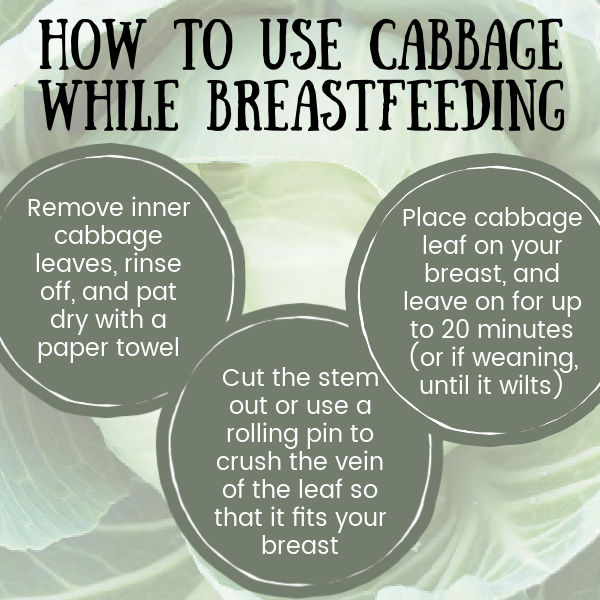
All that you need is a head of cabbage, a sink, and a towel. Some women find chilled cabbage soothing on their breasts, but either room temperature or refrigerated cabbage will be fine.
- Remove the outer leaves from the head of cabbage and discard.
- Remove two inner leaves from the head, and rinse off the leaves. Pat the cabbage leaves dry with a clean towel.
- Right before you’re ready to use them, roll a rolling pin over the cabbage to crush the vein. You can also cut the stem out with a pair of scissors. The goal is just to make the cabbage fit the shape of your breast.
- Place one leaf in each of your bra cups.
- If you’re not weaning, leave the cabbage on your breasts for about 20 minutes. If you are weaning, you can leave them on until they wilt.
You should use new cabbage leaves each time. If you’re using cabbage leaves for engorgement or mastitis, you can do this 2-3 times per day. If you are weaning, use as often as desired.
What about sleeping with cabbage leaves in your bra? If you aren’t weaning, I would definitely avoid this, due to the potential detrimental affects on your milk supply. If you are weaning, I would not plan on going the entire night, but dozing off for an hour is probably fine.
What to Watch out for When Using Cabbage
While cabbage is a great natural remedy, there are a few things to be aware of:
- Cabbage shouldn’t be used on broken skin, including cases of cracked or bleeding nipples. You can cut the cabbage as described above and use the cabbage just on areas of the breast that aren’t injured.
- Frequent use of cabbage leaves can affect your milk supply. As noted above, if you are not weaning, you should limit use to no more than 20 minutes 3 times per day.
- Women who are allergic to cabbage or sulfa should not use cabbage treatment on their breasts.
Note: I also wanted to mention Cabocreme (a cream with concentrated cabbage extract). It’s is more expensive than cabbage, but lots of moms in our Facebook group find it easier to use and see the same results.
Have you used cabbage to reduce your milk supply or treat engorgement? Share all of your tips in the comments below!
References- Bonyata, Kelly. “Engorgement.” https://kellymom.com/bf/concerns/mother/engorgement/#cabbage
- Mommypotamus. “Natural Remedies For Mastitis.” https://www.mommypotamus.com/how-to-prevent-and-treat-mastitis-naturally/
- Newman, Jack, MD. “Engorgement.” https://ibconline.ca/information-sheets/engorgement/
- Smith, Sandra. “Cabbage Leaves for Treatment and Prevention of Breast Engorgement.” https://www.breastfeedingonline.com/cabbage.shtml#sthash.I9qKNMdh.ZziI8Pk1.dpbs
- Yount, Paula. “Cabbage? Why Use It and How Does it Work?” http://www.mother-2-mother.com/motherconcerns.htm#engorgement
